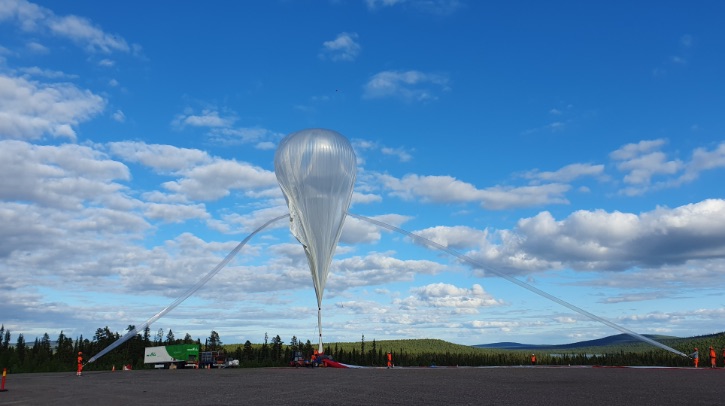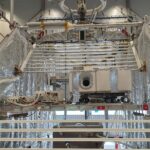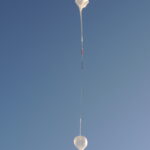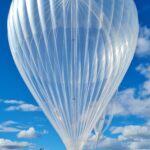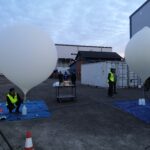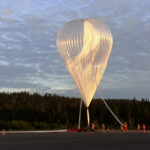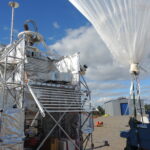Forschungszentrum Jülich and the German Karlsruhe Institute of Technology (KIT) have launched a large stratospheric balloon – carrying a Gloria-Lite measuring instrument – to travel from the European Space and Sounding Rocket Range (ESRANGE) in northern Sweden to Canada at an altitude of 40km.
Stratospheric balloon
“This is the first time that a balloon of this kind has crossed the Atlantic with one of our instruments,” said atmospheric researcher Dr Jörn Ungermann from Forschungszentrum Jülich.
The launch by the balloon team from the Centre National d’Études Spatiales (CNES) in Sweden went as planned. The balloon reached its maximum altitude in the stratosphere (second layer of the atmosphere) and its full size with a diameter of around 100m.
Gloria-Lite
Gloria-Lite is a newly developed instrument that is intended to continue and improve on the many years of measurement series of its predecessor Gloria. Gloria-Lite was developed under the leadership of the Institute of Meteorology and Climate Research (IMKASF) at KIT, in close collaboration with two institutes at Forschungszentrum Jülich, also in Germany. By using the latest infrared sensors, customized electronics and manufacturing techniques, the size and weight of the new device have been reduced. This now also enables long-duration balloons, for example.
The central element of Gloria-Lite is an imaging Fourier transform spectrometer that analyses the infrared light emitted by over 20 different molecules and aerosols in the atmosphere and calculates the concentration of trace gases. With the help of this data, scientists can better understand the different dynamic and chemical processes in the upper atmosphere and simulate them in atmospheric computer models.
This will enable the researchers to investigate the effects of forest fires on air pollution in the stratosphere and climate change and track them with long-term measurement series.
As a demonstrator, Gloria-Lite also supports the Cairt satellite project, which is based on the long-standing joint initiative of Forschungszentrum Jülich and KIT and was proposed by an international ESA consortium. Cairt is on the shortlist of instruments for the 11th Earth Explorer satellite mission in the early 2030s.
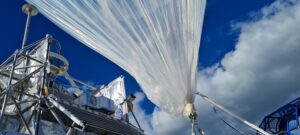
Further weather balloons launched
In addition to the measurement flight with Gloria-Lite, another large helium balloon was launched, as part of the Atmosfer project. This measurement flight focussed on measurements over northern Scandinavia. On board was the NIXE balloon instrument for measuring ice clouds, a joint development of the Institute for Stratosphere Research at Forschungszentrum Jülich and the University of Luleå in Sweden.
NIXE was used to take high-resolution images of ice crystals in clouds and to determine the aerosol concentration in different size ranges. The results will be used, among other things, to validate a satellite demonstrator instrument of the ESA Forum mission. In addition, six smaller weather balloons with precise hygrometers were launched as part of an international campaign to compare the instruments. These hygrometers are designed to measure particularly small but climate-relevant water vapor concentrations in the stratosphere.
In related news, NASA’s Plankton, Aerosol, Climate, ocean Ecosystem (PACE) satellite recently launched aboard a SpaceX Falcon 9 rocket from Space Launch Complex 40 at Cape Canaveral Space Force Station in Florida. Click here to read the full story.


